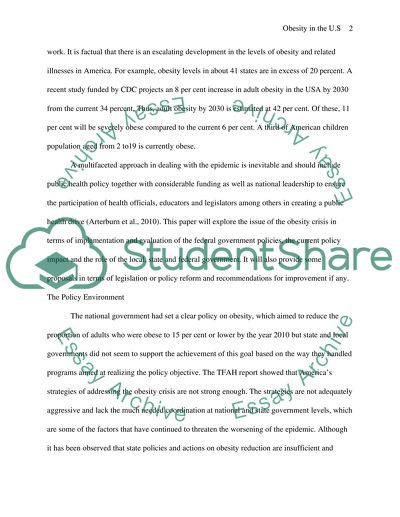Cite this document
(“Prevalence of Overweight and Obesity in the USA Research Paper - 1”, n.d.)
Retrieved from https://studentshare.org/health-sciences-medicine/1454513-obesity-in-the-us
Retrieved from https://studentshare.org/health-sciences-medicine/1454513-obesity-in-the-us
(Prevalence of Overweight and Obesity in the USA Research Paper - 1)
https://studentshare.org/health-sciences-medicine/1454513-obesity-in-the-us.
https://studentshare.org/health-sciences-medicine/1454513-obesity-in-the-us.
“Prevalence of Overweight and Obesity in the USA Research Paper - 1”, n.d. https://studentshare.org/health-sciences-medicine/1454513-obesity-in-the-us.


